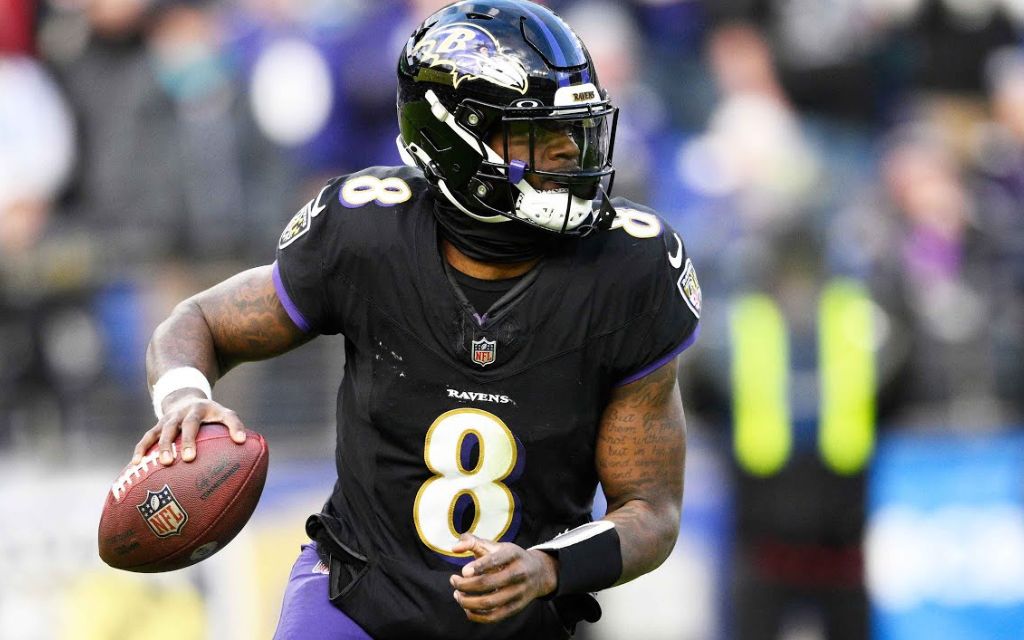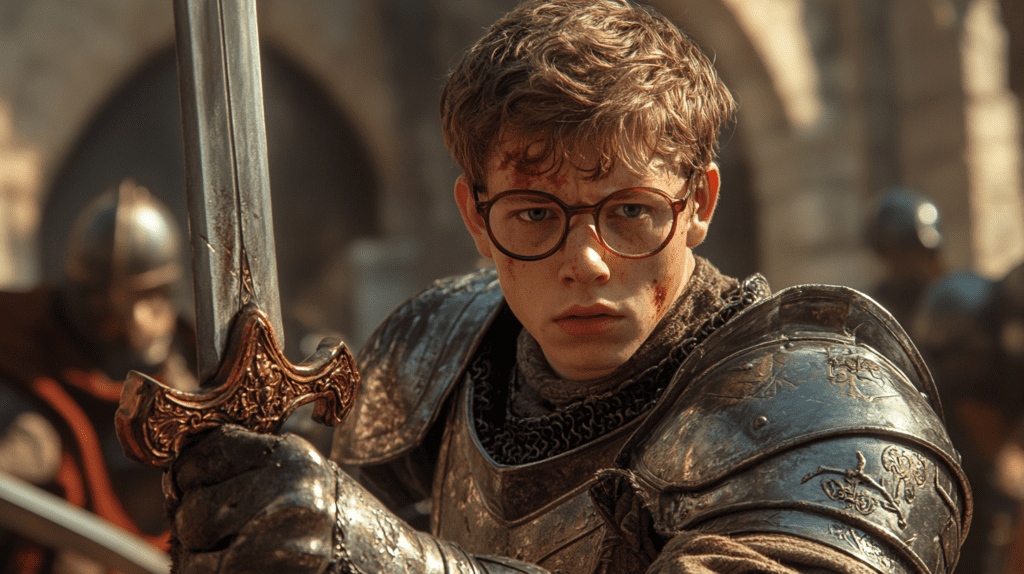The quarterback position has come a long way. Once upon a time, pocket passers ruled the NFL, standing tall behind the line of scrimmage, surveying the field, and firing precise throws. Mobility? That was an afterthought. If a quarterback ran, it usually meant the play had broken down.
But today, dual-threat quarterbacks are changing the way the game is played. They’re no longer just improvisers—they’re game-changers, forcing defenses to account for their legs as much as their arms. The evolution of the position has made the modern NFL more dynamic, unpredictable, and exciting than ever.
How Dual-Threat QBs Break Defenses
Defenses have always been built around one simple concept: pressure the quarterback. Whether through blitzes, disguised coverages, or collapsing pockets, the goal is to force mistakes and bad throws. But when a quarterback can outrun linebackers, evade tacklers, and turn broken plays into first downs—that strategy crumbles.

Quarterbacks like Lamar Jackson, Josh Allen, and Patrick Mahomes have redefined what it means to be dangerous. Jackson can outrun cornerbacks. Allen can stiff-arm defensive ends. Mahomes can scramble outside the pocket and throw a 50-yard laser on the run.
The result? Defensive nightmares. Linebackers can’t just drop into coverage—they have to spy the quarterback. Pass rushers can’t just pin their ears back—they have to contain the edges. The entire defensive scheme has to adjust, giving the offense more opportunities to attack.
The Old School Pioneers Who Started It All
Today’s dual-threat QBs owe a debt to the pioneers of mobility. Before Lamar Jackson was dazzling fans with his footwork, Fran Tarkenton was scrambling his way to over 3,600 rushing yards in the 60s and 70s.
Before Cam Newton was bulldozing defenders, Steve Young was leading the 49ers with his blend of speed, vision, and deadly accuracy. Before Josh Allen was stiff-arming linebackers, John Elway was keeping defenses honest with his ability to escape and extend plays.
Then there was Randall Cunningham, who rewrote the playbook for what an athletic QB could be. He was a human highlight reel, hurdling defenders, dodging sacks, and making impossible throws. Without Cunningham, there’s no Michael Vick. Without Vick, there’s no Lamar Jackson. The torch keeps passing—and each generation gets better.
Why the Future Belongs to Dual-Threat QBs
The days of the one-dimensional quarterback are fading. In today’s NFL, mobility isn’t a bonus—it’s a necessity.
Even traditional passers like Aaron Rodgers and Patrick Mahomes use their legs to manipulate defenses, buying time and creating big plays. The best quarterbacks today aren’t just strong passers; they’re athletic, elusive, and impossible to contain.
And for younger players coming up through high school and college? Mobility is expected. Coaches aren’t just developing QBs to sit in the pocket anymore. They’re teaching them how to read defenses while on the move, how to turn broken plays into game-changing moments.
That’s why the next wave of NFL stars will look more like Lamar Jackson and Josh Allen than Tom Brady and Peyton Manning.
A Position That Keeps Evolving
The dual-threat quarterback has changed the game forever. They put defenses in impossible situations, force coordinators to rethink their strategies, and give offenses an entirely new dimension of attack.
Some still argue that mobility makes quarterbacks more prone to injury, that the pocket passer is still the safest bet. But as players get bigger, stronger, and faster, the ability to run, extend plays, and pressure defenses isn’t just an advantage—it’s the future of the NFL.
So don’t be surprised if, in a few years, every team is searching for the next dual-threat superstar. Because in today’s NFL, standing still isn’t an option.
Related: Ranking the 14 Best Dual-Threat Quarterbacks of All Time






